
Patients with JPsA and concomitant psoriasis at diagnosis exhibited more depressive symptoms when compared with those without psoriasis.

Patients with JPsA and concomitant psoriasis at diagnosis exhibited more depressive symptoms when compared with those without psoriasis.

Peter Lio, MD, clinical assistant professor of dermatology and pediatrics at Northwestern University Feinberg School of Medicine in Chicago, Illinois, discusses the 2023 Society for Pediatric Dermatology Meeting held in Asheville, North Carolina, and what pearls to consider following the atopic dermatitis panel he took part in.
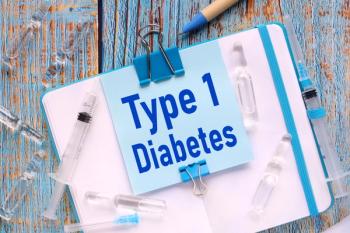
Further studies are needed to determine if vaccination should be considered in children at risk for type 1 diabetes (T1D), as a COVID-19 diagnosis among children was associated with an increased incidence of T1D, according to a recent study.

Results from a survey shows how little faith patients have in technology—and the companies that provide it—to protect their information.
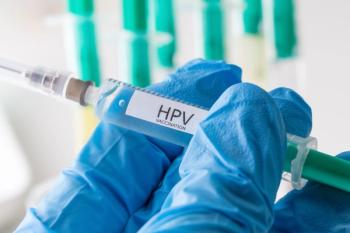
An analysis of a nationwide sample of more than 30,000 clinicians provides insight into rates of HPV vaccination among US adolescents and how changes in reimbursement rate might encourage increased vaccination rates.
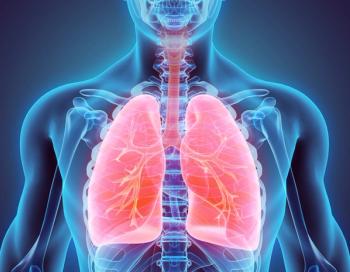
If nintedanib is approved by the FDA, it would be the first and only treatment for patients aged 6 to 17 with fibrosing interstitial lung disease (ILD).

A new scientific statement indicates lifestyle interventions may change the trajectory of obesity-related cardiovascular risk from onset in childhood to manifestation in adulthood.

Timothy Hand, PhD, associate professor of pediatrics and immunology at the University of Pittsburgh School of Medicine and UPMC Children’s Hospital of Pittsburgh, discusses how antibodies provided from breast milk can improve immunity in infants.

Due to a lack of evidence, the US Preventive Services Task Force (USPSTF) did not make a recommendation for or against screening for speech and delay disorder in all children 5 years or younger by primary health care professionals.

Data could identify effects of recent trends in health care.

Results from a pivotal phase 2 clinical trial revealed axatilimab met the primary outcome in all cohorts for graft versus host disease (GVHD) in pediatric and adult patients. Based on its safety and efficacy profile demonstrated in clinical trials, Syndax and Incyte intend to file a biologics license application (BLA) for axatilimab with the FDA by the end of 2023.

Researchers analyze ChatGPT for summarizing medical records.

The fully online training program, the MOPD Foundations of Pediatric Dermatology Certificate Course, was created by the founders of the Masters of Pediatric Dermatology (MOPD) Symposium and includes lectures, presentations, and downloadable resources for clinicians.
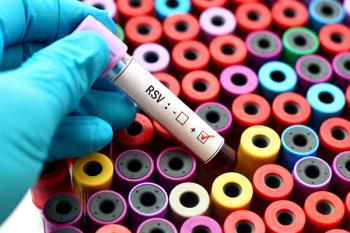
Results from this active, facility-based surveillance study revealed hospitalization rates for children younger than 5 years were 1.7 to 7.1 times higher among American Indian and Alaska Native children compared to estimates from the methodologically similar US New Vaccine Surveillance Network (NVSN).

Donna Hallas, PhD, PPCNP-BC, CPNP, PMHS, FAANP, FAAN, recaps her thoughts on the latest issue of Contemporary Pediatrics.

In this study, investigators focused on children with Fetal Alcohol Spectrum Disorder (FASD), who are known to experience significant sleep disturbances.

Following the resubmission of a new drug application, the FDA has approved VP-102 to treat molluscum contagiosum, a contagious skin disease transmitted through direct skin-to-skin contact that primarily affects children.

Data corresponding with DSM-IV symptoms were gathered around ages 18, 21, and 23 years and the primary outcome was depression at age 24.

In a recent study, higher immunoglobulin G titers were seen in infants of mothers who received messenger RNA COVID-19 vaccination during pregnancy.

According to Pfizer, the investigational vaccine to protect against Group B Streptococcus (GBS) generated maternal antibody responses against 6 capsular polysaccharide serotypes and efficiently transferred antibodies to the infants. The announcement of this phase 2 data comes in July, which is International Group B Streptococcus Month.
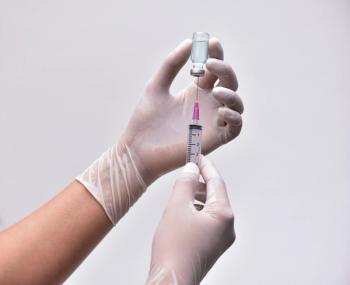
Lorazepam, diazepam, midazolam, fentanyl, hydromorphone, morphine, ketorolac, epinephrine, diphenhydramine, and methylprednisolone were investigated in the study. Overall, the most common type of deviation was an underdose.

A follow-up to an earlier study, the latest research leveraged EHR data from medical centers in North Carolina and concluded incident cases of type 1 diabetes increased nearly 50% and incident cases of type 2 diabetes more than doubled in 2021-2022 relative to prepandemic years.

Overall, results from the report demonstrated that cannabis-involved emergency department (ED) visits for individuals under 25 years increased during the pandemic. For those aged 10 years or younger, the weekly number of cannabis-involved ED visits during the pandemic far exceeded the number of visits observed prepandemic.

Using 3 complementary statistical approaches of linear modeling, Bayesian, and multigroup factor analysis, investigators determined IQ scores are not negatively impacted by pediatric concussion up to 3 months postinjury.

More symptoms, older age, and longer hospitalization time increased the risk of post-COVID-19 conditions (long COVID) in children.

Health care continues to be a top target for hackers.

John Bradley, MD, medical director, infectious disease, Rady Children's Hospital, San Diego, California; professor of pediatrics, UC San Diego School of Medicine, explains how recently FDA-approved nirsevimab-alip will impact the newborn and infant RSV patient population.

Researchers hope a new study will alleviate patients and clinicians fear of prescribing stimulants for children with ADHD.

According to the report, 34% of parents are using patient portals for advice regarding their child’s illness.

The approval follows a unanimous vote of support from the FDA Antimicrobial Drugs Advisory Committee of nirsevimab-alip’s favorable benefit-risk profile for the prevention of Respiratory Syncytial Virus (RSV) lower respiratory tract disease (LRTD) in newborns and infants amid their first RSV season.